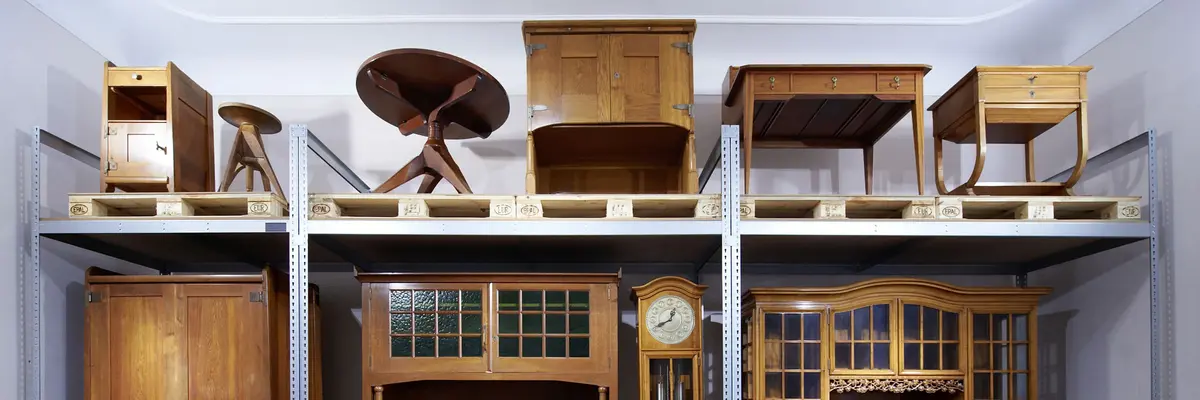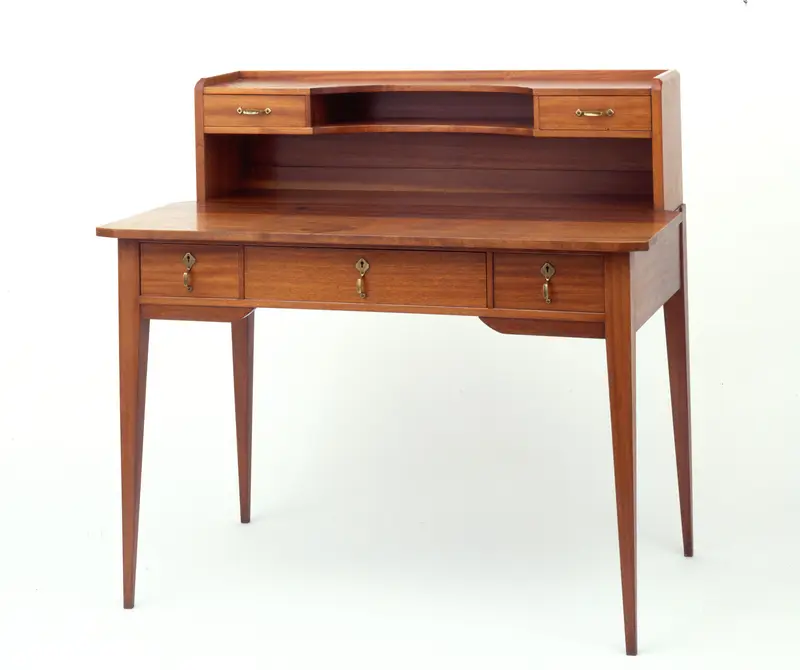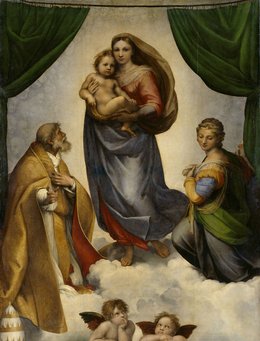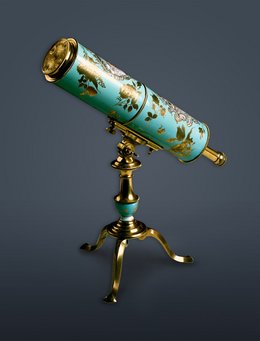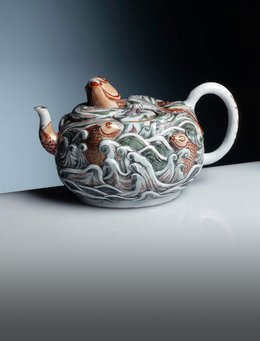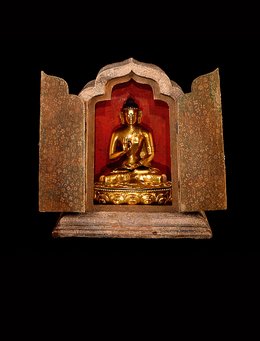Module Text with Image
Among the objects on display are the machine-made furniture designed by Richard Riemerschmid (1868-1957) and cupboards from the product range called “Die wachsende Wohnung” (The Growing Home) by Bruno Paul (1874-1968), as well as items from the “Billige Wohnung” (Cheap Home) conceived by the designer Gustav Adolf Schneck (1883-1971), through which the Deutsche Werkstätten wrote design history. Classics of GDR design such as the sectional furniture series “602” by Franz Ehrlich (1907-1984), the “MDW” wall units by the group of designers around Rudolf Horn (*1929), the veneer chair by Erich Menzel (*1910) and the armchair by Selman Selmanagic (1905-1986) demonstrate that the Deutsche Werkstätten continued to produce sophisticated designs even after the caesura of the Second World War. Textiles, ceramics, brass objects and lampstands also illustrate the holistic interior design concept of the Deutsche Werkstätten.
